Regarding Facts and Feelings
Common Pear
In a not-too-distant future ravaged by a climate crisis, a team of scientists analyses archival footage of farmers from the past. Common Pear’s world-building occurs through a meeting point between fictional imagination and cinematic artifice.
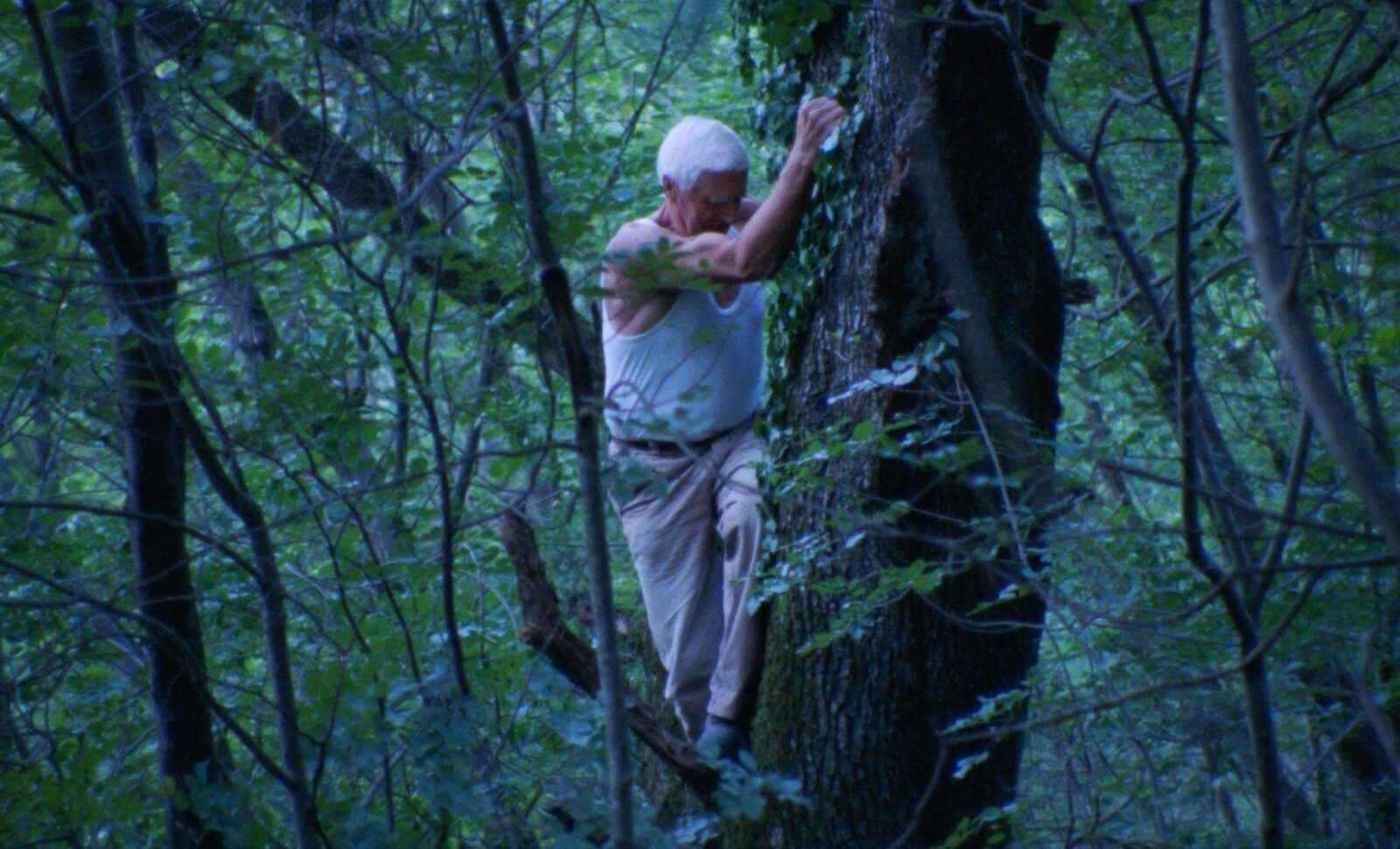
Studying the past is usually akin to an autopsy, a rigorous and methodical dissection of an inanimate entity. Already finite, the “object of study” provides ease to the researcher, as it has ceased to produce new information and lies motionless, waiting to be discussed and pondered about. After all, new discoveries come from the ingenuity of those engaging with it, as the past itself can’t actively communicate. Or can it? Gregor Božič’s Common Pear (2025) suggests so, questioning whether positivism can actually engage with the timeless resonance of lived experiences.
The film’s setting is fictional, yet sadly not fantastical: a world in disarray, almost fully obliterated by the climate crisis, with the last remaining human settlements devoted to finding some sort of solution to the seemingly imminent, self-induced apocalypse. Where? In the past. This is the conceptual framework that intertwines Common Pear’s two distinct aesthetic registers: 16mm archival documentary footage and 35mm near-future sci-fi. Naturally, what’s being analysed from the future isn’t the Past as official history, since Western society wouldn’t have the best track record in finding effective ways to restore and safeguard the environment. The past Common Pear addresses is closer to that of the oral tradition, a set of customs carried through observance, palpable only in the daily routines of those who inhabit a specific place at a specific time.
In the future, scientists gather with urgency in their industrial warehouses, tirelessly zapping through audiovisual material looking for any forgotten practices that might amend the bleak ecological endstate they’re living in. Through that process, the nameless, hive-like congregation of survivors finds a glimmer of hope in the most unexpected of places: footage of the daily life and work of farmers in the Goriška region of Western Slovenia. These old peasants are among the last bastions of an ancestral fruit-gathering tradition. The minutiae of their work, and the casual conversations around it, showcase a kinship to their ecosystem that goes way beyond merely seeing it as a possibility for extraction. There’s a communal ethos built around the fruit trees; they are seen and cherished by the people on screen and by the camera as immovable pillars of life. These entities weave together a purpose that goes back to how human settlements originally came together: as a response in a horizontal dialogue with the natural world around them.
Common Pear also understands that researching the past is a matter of seeking “hows” instead of “whats”. There’s little incident in a traditionally dramatic sense, as the material simply connects a collection of testimonies and farming procedures. Green rural landscape, vibrant in its verdure and enthralling in its warmth. Timeless faces, wrinkled and experienced; joyful and nonchalant. Both landscapes and faces are so intrinsically linked together that their relationship doesn’t even need to be stated; their connections come through by being within the same frame, an implicit acknowledgement of their daily back and forth. The crisp 16mm texture of the material adds a layer of nostalgia, as it always does. It’s an almost involuntary reaction, a sensory read that immediately associates the level of grain and aspect ratio to how intimacy and personal history ought to look and feel. It’s the visual translation of reverberations from a time gone by. And then comes the jarring contrast.
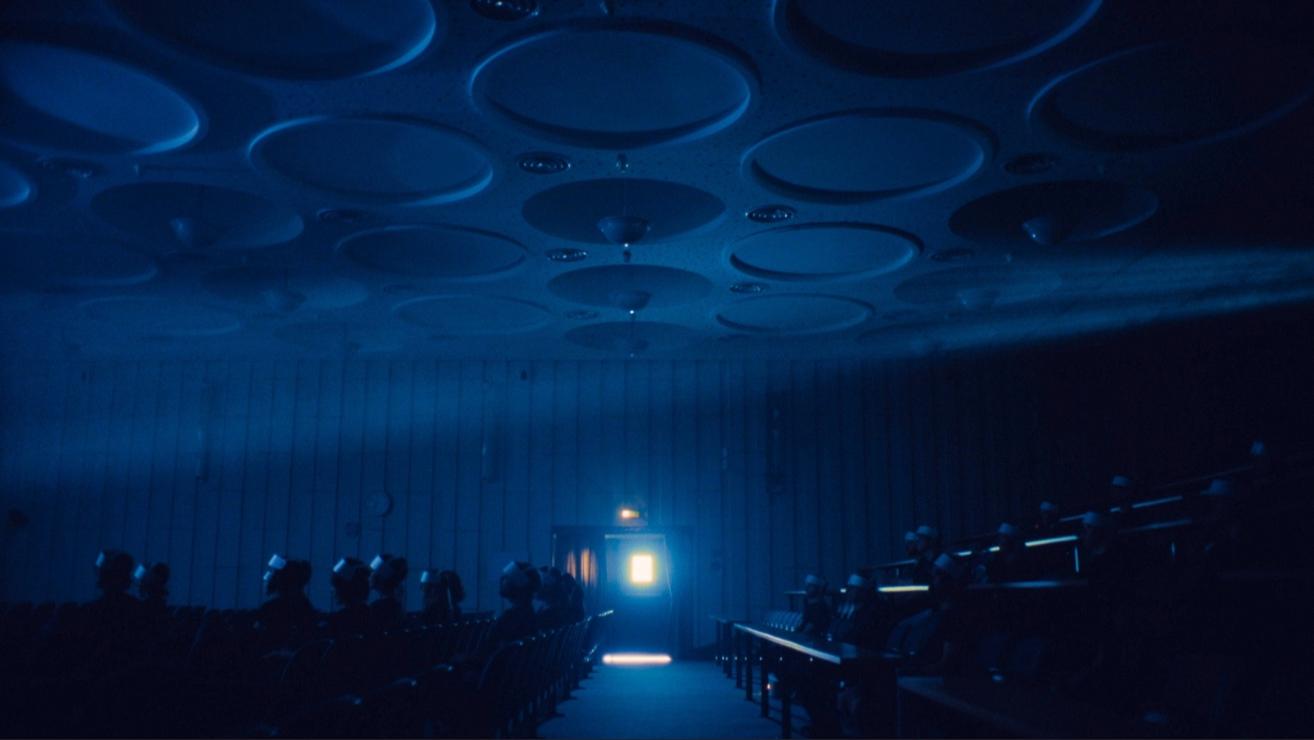
© Common Pear (Gregor Božič, 2025)
Opposed to the archival material are short and scattered sequences of the retrofuturistic world that’s studying it. The portrait shots open up to landscape, the human visages are replaced by geometry and architecture, the erratic zeal of the 16mm gives way to the more “official” and “polished” 35mm, chirping birds and wind rocking treetops devolve into oppressive industrial drones. The dichotomy is blatant, intentioned, and effective on a primary level. Just through this aesthetic juxtaposition, the detachment in how the material is being looked at is established, generating an almost impulsive yearn for “going back”.
There’s also an important storytelling divide in Common Pear’s temporalities. In the past, anecdotes and testimonies make up a tangible environment despite never being explicit. The material is arranged loosely, providing glimpses into a luminous way of life. When put together, its meaning emerges organically, through additive power and textural immersion. In the future, dialogue between unseen characters and a more utilitarian use of images frames the narrative overtly. These are reflections about the loss of communal interactions, and recognisable sci-fi iconographies (brutalist buildings, tons of negative space, screens within screens) that come already prescribed with generalised social commentary.
The film’s worldbuilding is supposed to happen through this meeting point between fictional imagination and cinematic artifice, but it remains at an elusive distance, never fully materialising, and being constantly overpowered by the evocative allure of the archival material. There’s clearly an intent in this disparate construction, with the sci-fi setting conceived as a device to frame the documentary footage in a playful manner, but the aesthetic tension doesn’t build up beyond the initial discordance; it looms around these powerful snapshots of manual work and natural reverence without ever really intersecting them.
Common Pear shows noticeable respect for the images of the past that inform it. It understands how these registers provide knowledge simply by existing and being revisited. Nevertheless, it ironically also suffers from the pitfalls of more academic lines of thinking. It values contextualisation a bit too much to let the entities it’s fascinated by flourish spontaneously. It needs to exert some level of control over the material, so it doesn’t totally overshadow its potential insights and findings.
By the end of the film, one of the old Slovenian women refers to a younger family member and says, “She’s a scientist, she doesn’t understand cherry trees”. The implication is that the scientific method can’t surrender to the unknown and let its magic wash over it; it doesn’t speak in the same language that nature does. Like the film, its commitment is both valiant and futile: trying to translate, compartmentalise, and annotate. Sometimes, it truly is a matter of simply experiencing.

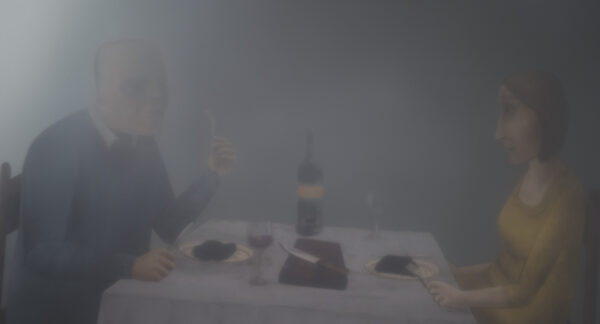
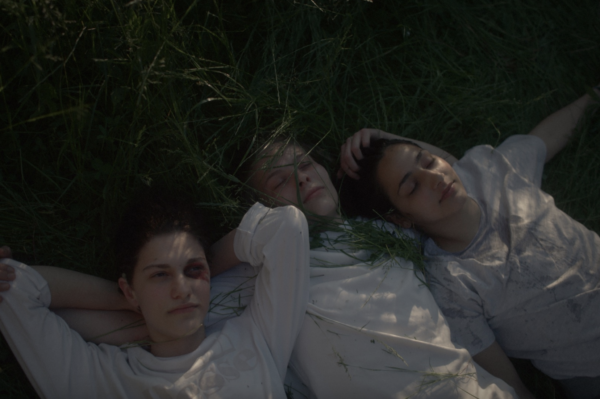
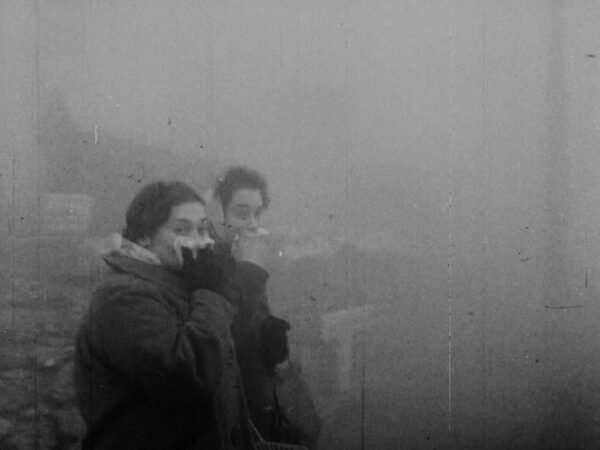
There are no comments yet, be the first!